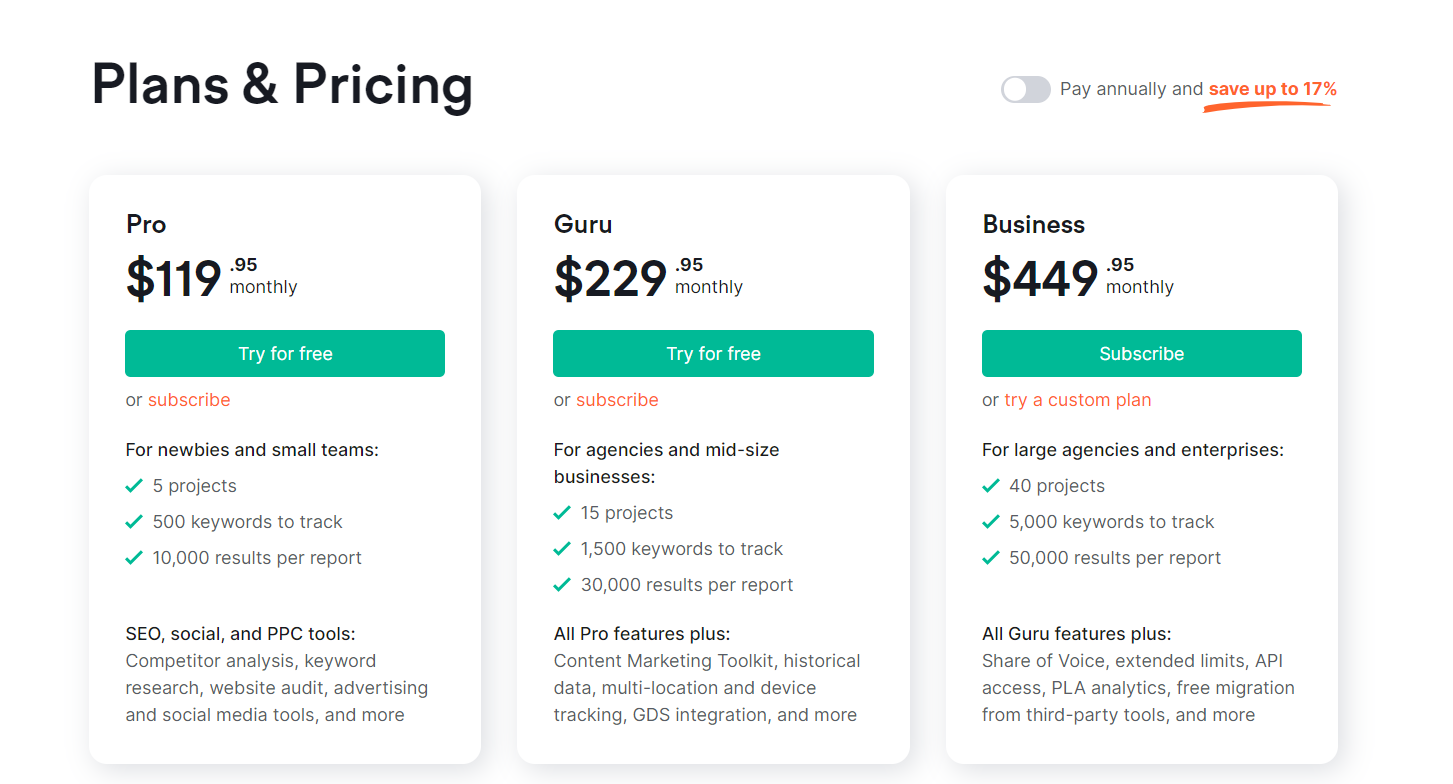By Reena Aggarwal
The widespread adoption of subscription-based SaaS services has revolutionized how B2B and B2C customers use internet-based services. According to Devsquad, 73% of businesses plan to switch all systems to SaaS in the near future.
B2B SaaS refers to a successful business model where software is licensed to businesses, both big and small, on a subscription basis.
Why is B2B SaaS so popular? Because it is easily accessible, secure, scalable, constantly updated, and offers flexible payment options.
While the rapidly expanding demand holds endless growth opportunities, it also poses several billing challenges for B2B SaaS providers.
Let’s take a look at some prominent B2B SaaS billing challenges and how to beat them to establish a successful recurring revenue stream.
Top 5 B2B SaaS Billing Challenges and How to Overcome Them
Here are the top 5 B2B SaaS billing challenges you should consider while selecting a subscription billing software.
1. Supporting Flexible Pricing Plans
Offering flexible pricing plans is your best approach to attracting B2B customers from diverse industries. It makes your SaaS products more affordable for the customers and thus drives more profit for you.
But you may end up complicating your pricing strategy when you choose to provide flexible pricing for different packages or custom prices. Ultimately, revenue recognition may also become quite a challenge for you.
One of the best ways to overcome this challenge is by choosing a comprehensive B2B subscription billing solution that can help you create tiered pricing plans for different customer segments. As explained on Younium, you can set freemium, tiered fixed fee, pay-as-you-go, and fixed price tiered plans.
A good example is Semrush’s pricing plans. They have created more economical plans for smaller businesses while offering a custom plan for enterprise clients.

2. Managing Different Billing Frequencies
If you want to draw more customers and retain the existing ones, the billing frequency you choose plays an important role. While a recurring billing system offers more flexibility to your B2B customers, it may become a challenge to manage different billing frequencies.
Every time your customers receive a bill, they may evaluate the value they are gaining from your SaaS product and reconsider whether to continue or not. If you are generating bills too frequently, it may lead to increased customer churn.
The best approach is to stick to monthly, quarterly, or yearly billing frequency. An advanced billing tool can help B2B SaaS businesses to automate the entire process and generate invoices for customers based on the subscription plan and frequency they choose.
3. Focusing on Data Security
Data security is one of the most serious challenges SaaS businesses face today. While online bill payment simplifies the process to a great extent, safeguarding B2B and B2C customer data and ensuring secure payments can be quite stressful.
As a B2B SaaS, if you fail to protect your customers from security breaches and data leakage, it may shatter your company’s reputation forever.
That’s why the billing tool you choose should offer robust security features. Along with this, you should adopt the most stringent privacy policy and encryption technique to secure your customer’s data. Opting for PCI-compliant payment gateways can help you process payments securely.
4. Manage Payments in Different Currencies
When you begin catering to B2B clients on an international level, you may receive payments in multiple currencies. While expansion is great news for your business, managing payments in different currencies can be quite a challenge.
You have to deal with conversion fees, frequently changing international exchange rates, additional charges levied by the payment gateways, and so on. As all these are additional expenses for you, they will directly impact your profit.
Let’s say, you want to make your live video shopping platform available for ecommerce businesses across the globe. You can choose a subscription billing tool that supports multi-currency transitions and automatic price conversion based on your B2B customer’s location. Thus you can receive payments in any currency and minimize extra expenses too.
5. Lack of Third-Party Integrations
A typical challenge that you may face while using a subscription billing solution is a lack of integration with third-party tools.
Although billing is a siloed process limited to your finance department, the billing software may hold subscription data that is vital to several teams including sales, marketing, customer support, and analytics.
That’s why the integration of billing software with other SaaS tools you may be using like ecommerce tools, CRM software, payment gateways, collaboration tools, etc. is quintessential.
By doing this, multiple teams can seamlessly work together to offer the best deals and customer service to your B2B clients and retain them for a longer time.
Concluding Thoughts
B2B SaaS billing may get extremely tangled if you do not have the right strategies in place. By understanding some of the most common challenges, you can come up with better solutions.
Go ahead and analyze which B2B SaaS billing challenges your business is facing and invest in a SaaS billing solution that can comprehensively address all your requirements.
About the Author

Reena Aggarwal is Director of Operations and Sales at Attrock, a result-driven digital marketing company. With 10+ years of sales and operations experience in the field of e-commerce and digital marketing, she is quite an industry expert. She is a people person and considers the human resources as the most valuable asset of a company. In her free time, you would find her spending quality time with her brilliant, almost teenage daughter and watching her grow in this digital, fast-paced era.


























![“Does Everyone Hear Me OK?”: How to Lead Virtual Teams Effectively iStock-1438575049 (1) [Converted]](https://www.europeanbusinessreview.com/wp-content/uploads/2024/11/iStock-1438575049-1-Converted-100x70.jpg)





